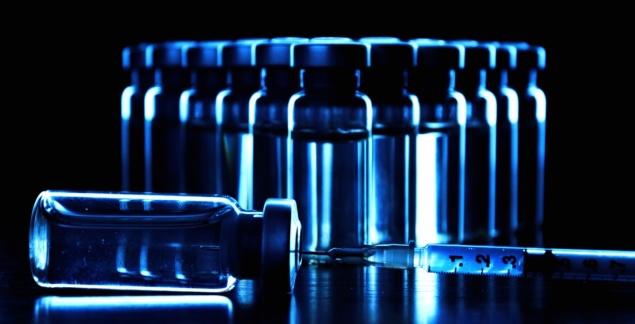Peptides Vs Steroids
Difference Between Peptides and Steroids
All too often, peptides get mistaken for steroids being that they are so frequently mentioned in the same sentence, or simply as part of the same “world.”
In actual fact though, they are completely different in both nature and molecular structure; the two really cannot be compared to one another save for the fact that they are both capable of increasing anabolism (amongst other positive benefits.)

Whereas peptides feature different amino acid sequences to exert their effects on the body via instigating neurological chain reactions, steroid hormones exert their effects through the direct manipulation of the cellular structures of the body.
In contrast, peptides serve to “persuade” the body into performing certain actions or exerting certain hormones – they are passive in nature as opposed to directly intervening with the body’s structural composition.
In conjunction with this, you’ll find that generally speaking’ the side effect potential when utilising anabolic steroids would ordinarily be much higher than when taking peptides.
Not only that, but the sheer range of potential side effects tends to be much larger too. With this said, whether or not adverse issues manifest would ordinarily be down to administration principles and underlying genetic conditions.
Either of the above elements could easily lead to issues arising whether using peptides or steroids, even if one of the two compound types turned out to be compatible with the individual in question.
In this instance though, we must make an exception owing to the largely unknown nature of follistatin; this is not a “typical” steroid and peptide comparison owing to the fact that we do not know the far reaching, or even much about the short term consequences of follistatin implementation.
It may well be that follistatin poses a greater risk to vitality than even the most powerful anabolic steroid products – early studies suggest that cardiac issues are likely to occur, as is diminished tendon and ligament capacity.
These issues may only arise in the short term (they may be reversible) but it has to be said that anabolic steroids do not typically produce directly negative results in regards to these aspects of vitality; though they do produce adverse issues of their own accord.
The difference is that the adverse issues on offer when taking steroids are often of a more “reversible” nature as opposed to causing direct damage to the heart / tendons.
In regards to positive benefits, we can draw some similarities here.
Ordinarily, various steroid / peptide varieties can:
This “mixed bag” of benefits is not resigned to either one steroid or one peptide type in particular, rather; this is a range of possible benefits one may achieve when using peptides or steroids. It probably goes without saying that some peptide varieties may offer a combination of two or three of these benefits, whereas an anabolic steroid variety may offer two to three benefits in its own right, albeit of a completely different nature.
You may also find that one peptide variety offers similar benefits to an anabolic steroid (hexarelin and dianabol for instance when taken in the off season) though the manner in which they individually achieve this benefit will vary, as will the potency of their results. This is where we must state though, that the above comparisons would be “standard” when comparing “ordinary” peptide varieties to anabolic steroids.
In this instance, we are not dealing with an ordinary peptide.
Whilst we will shortly cover the theoretical benefits that follistatin has to offer in full, it’s difficult to state with any certainty that this item could produce beneficial results stretching beyond a purely aesthetic capacity. This is where it differs to many other peptide types in that there is likely no surplus benefit on offer in regards to overall vitality – some (like melanotan for instance) peptide types are largely for aesthetic utilisation only, but where they differ is that they also come with conjunctive health benefits (in the case of melanotan, it can increase sexual function.)
Equally, many steroid types will offer surplus benefits to merely an enhanced capacity to gain muscle alone; many will also improve joint integrity and everything from blood flow to mental alertness. At this stage, follistatin may be in a niche of its own, possibly only serving one aesthetic purpose as opposed to offering much else by the way of health “substantiality.”
As time goes on, we may uncover more. As we’ll soon discuss, current human trials indicate that it may indeed be useful for far more than aesthetic benefit; though we need to study it for much longer before we can fully discern the truth of this element.

